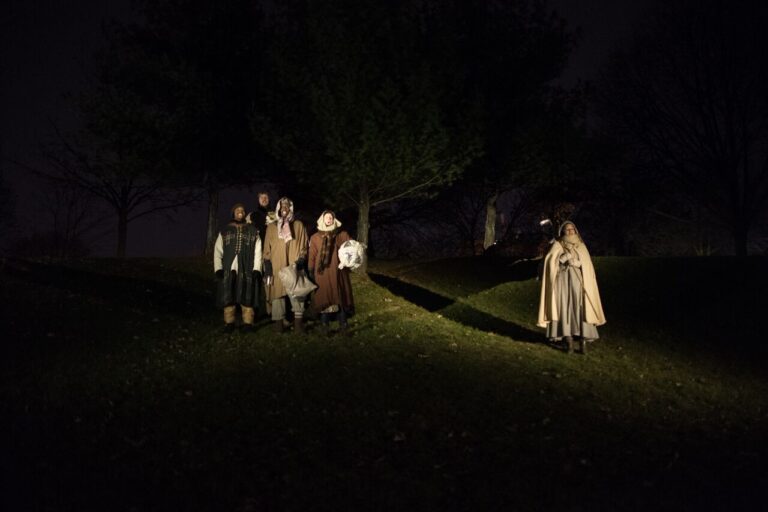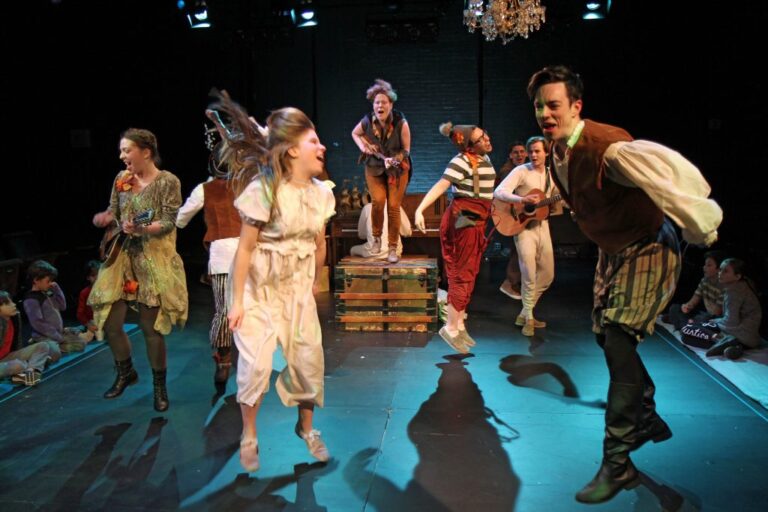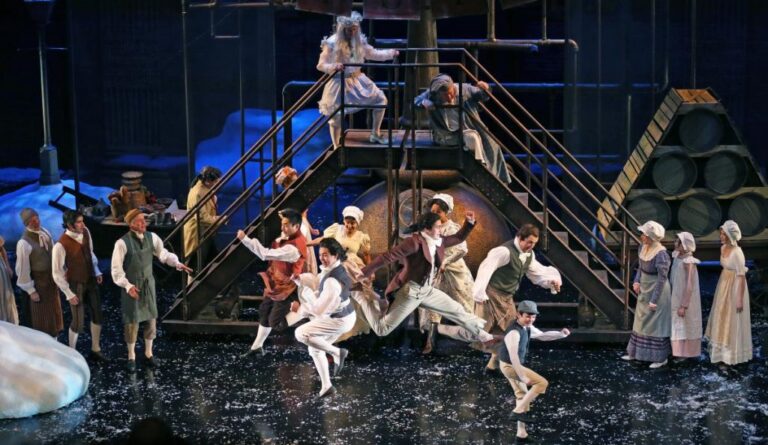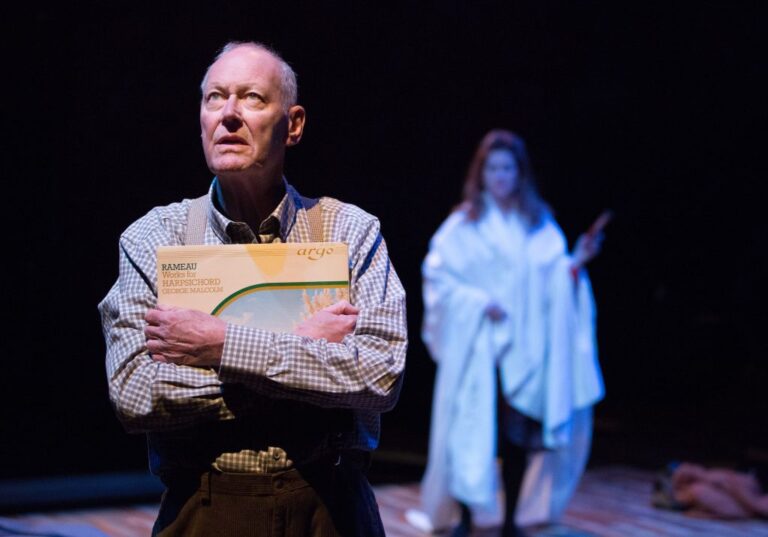Review: The Goat or, Who Is Sylvia?
The Goat or, Who Is Sylvia?
Soulpepper
Written by Edward Albee. Directed by Alan Dilworth. At the Young Centre for the Performing Arts. Runs until November 18.
What do you do when you discover your rival for your husband’s affections is a barnyard animal? How do you cope with that news? Such is the situation when Stevie (Raquel Duffy) finds out that her husband Martin (Albert Schultz) is emotionally and physically in love with a goat named Sylvia.
The Goat or, Who is Sylvia? is playwright Edward Albee at his most wonderfully perverse. A quote at the back of the playtext reads: “Every civilization sets quite arbitrary limits to its tolerances… it is my hope that people will think afresh about whether or not all the values they hold are valid.” Albee is using bestiality as an extreme means of proving his case and creating this parable of a play.
In some places in the world it is illegal to have a relationship with or marry a person of a different culture, religion, or skin colour—and, if you do, it often results in harsh, brutal punishment. Often when referring to such differences, offensive, bestial terms are used to describe the union. No less an example than Shakespeare’s Othello illustrates the point. When Othello, the Moor, marries the fair Desdemona, her father is told of it in the most despicable terms: “…an old black ram/Is tupping your white ewe…”
In The Goat or, Who is Sylvia? Albee is challenging the limits of our tolerances. Martin and Stevie’s seventeen-year-old son Billy (Paolo Santalucia) is gay, and both parents love Billy dearly. But in the heat of the moment Martin utters a tasteless slur about Billy’s sexuality, suggesting Martin’s acceptance might not be all that genuine. Billy is devastated when he hears this (as is Stevie when she learns of Martin’s “affair” with Sylvia). Pushing a little further, Albee blurs the lines between a father embracing his unhappy, sobbing son to give him comfort and the embrace becoming something other than familial. Albee continues to unsettle his audience, as he has done his whole writing career.
Set designer Lorenzo Savoini has created the stylish house of a successful architect. The back wall is stark white with one rectangular window. Several white shelves hold carefully arranged pottery and books. The few furnishings (a soft chair, a low grey couch, a small desk, and hard chair and stool) suggest sleekness more than comfort. A scrim with the outline of what looks like farm buildings and a fence hangs down in front of the set before the play begins, rising at the start and rolling down when it’s over. Only at the end of the play does what the scrim depicts become clear in the context of the story.
Director Alan Dilworth and the excellent lead actors Schultz and Duffy establish the couple’s loving relationship. Their body language shows ease with each other, and they banter good-naturedly, attuned to one another’s humour.
When the truth about Martin’s relationship with Sylvia is revealed, Schultz creates a character of a man on the rack. Martin tries calmly to explain the inexplicable—how he came to love Sylvia, how he knows what he’s doing is wrong, but how he could not help himself. He is tearful, distraught at how much pain he’s causing his wife and child, and terribly lonely as a result. But he is still besotted with Sylvia.
Stevie is understandably raging. Duffy lets her anger and disappointment at Martin fly, giving a nuanced performance of a wronged wife who vows to bring her husband down.
The Goat or, Who Is Sylvia? is a play that slowly, methodically ensnares the audience initially with the humour of it all—the play is funny—but then just as subtly challenges the audience to re-evaluate their perceptions and prejudices. Here, it is given a dandy, multi-layered, intelligent production, illuminating the intricacies of the play.
For tickets or more information, click here.
Read about some of the absurd situations the cast and creative team have found themselves in here.














Comments